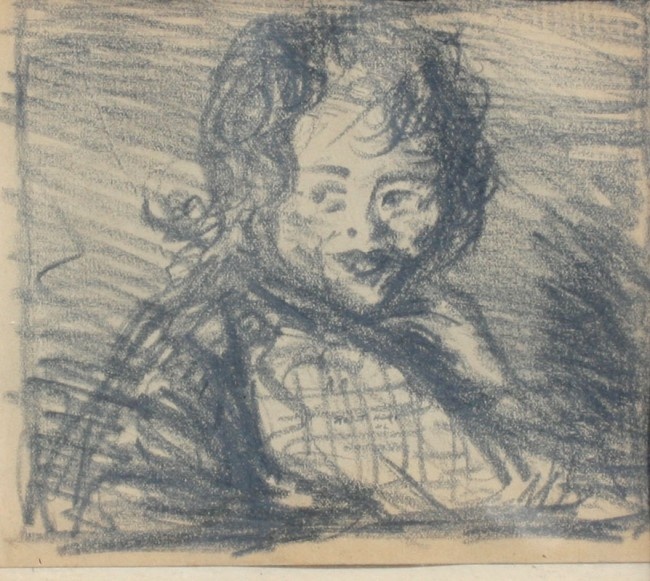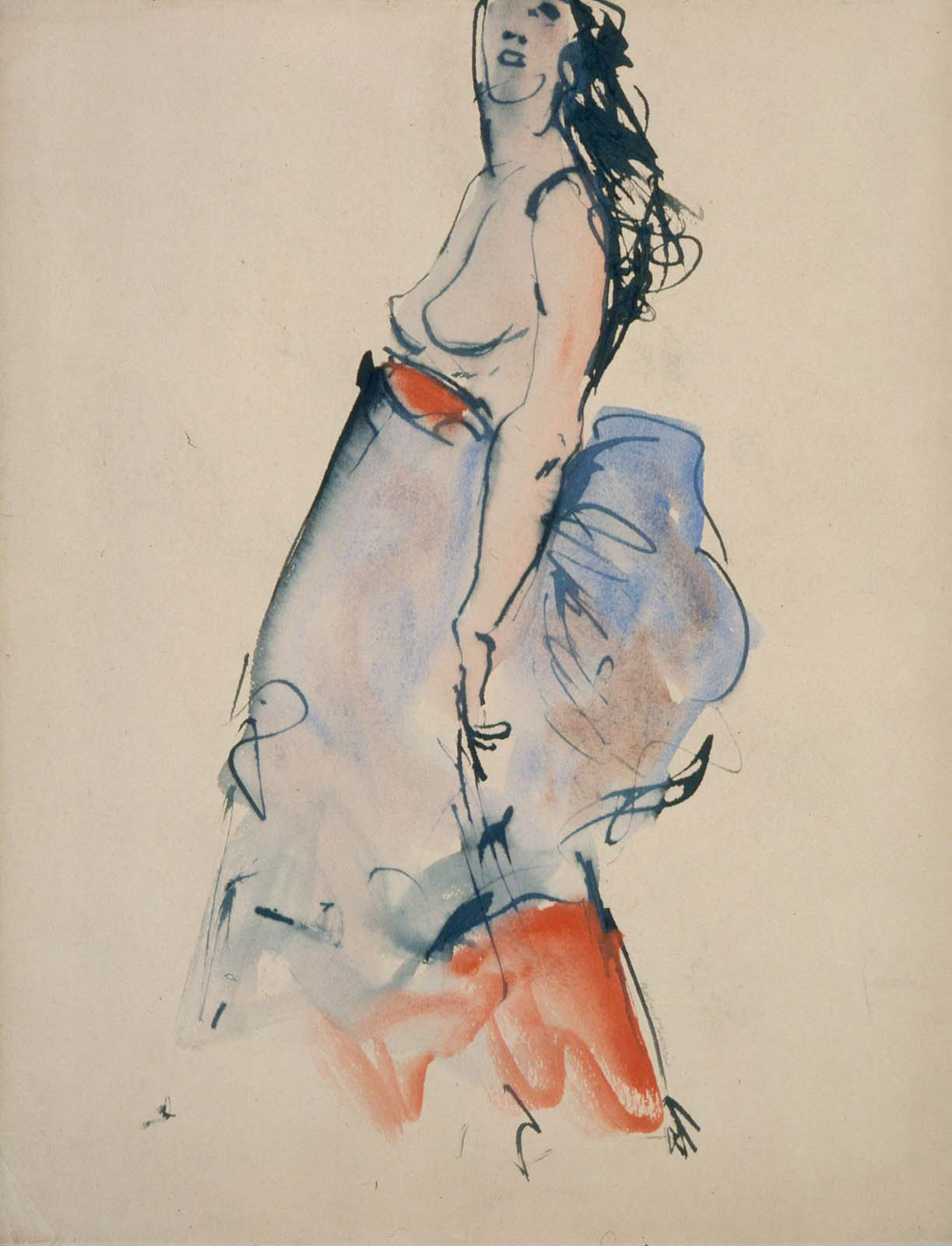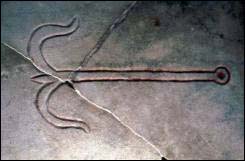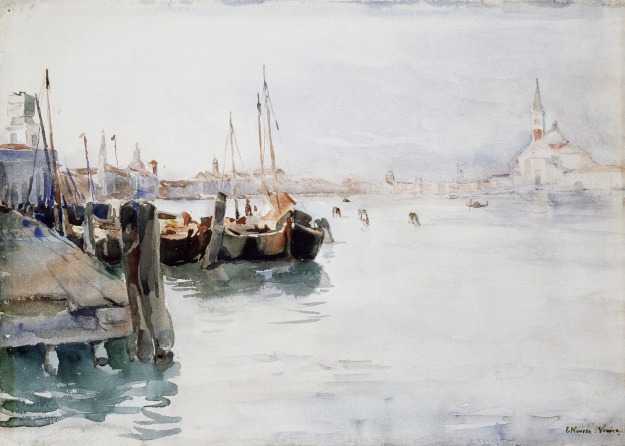The Telfair Museum in Savannah is currently showing a vibrant collection of Robert Henri's portraits done in Spain, Spanish Sojourns: Robert Henri and the Spirit of Spain. Henri was an important American artist in the early 20th century realist Ashcan Movement. He excelled at portraiture, was a noted teacher and left an extensive, wide-ranging body of work.
The Telfair exhibition captures the flash, bravado and complexity of Spanish culture, as Henri experienced it during his seven visits there between 1900 and 1926. His often full length portraits of dancers, gypsies, bullfighters and peasants convey a bold sense of each sitter's individuality, a sense of that person at that moment in time.
Robert Henri himself remarked, "Drawing is not following a line on the model; it is drawing your sense of the thing." His drawings are often succinct, but they do convey that sense of what he saw and experienced. His paintings capture the same feeling, as he clearly drew with his paintbrush as well as with other media. There is a fascinating and extensive collection of Henri's paintings and a few drawings at Poul Webb's blog, Art & Artists, and as you scroll through the images, each portrait is indeed clearly of an individual, However, as always, I tend to gravitate to the drawings and landscapes, rather than the portraiture. They often seem more powerfully to capture Henri's own dictum about the "sense of the thing".
Robert Henri, 1906 Procession in Spain, oil on canvas, Private collection
Yet, despite all the serious drawing and painting he did, one of the delicious comments that Henri left is this drawing.
He certainly caught the sense of things!


















